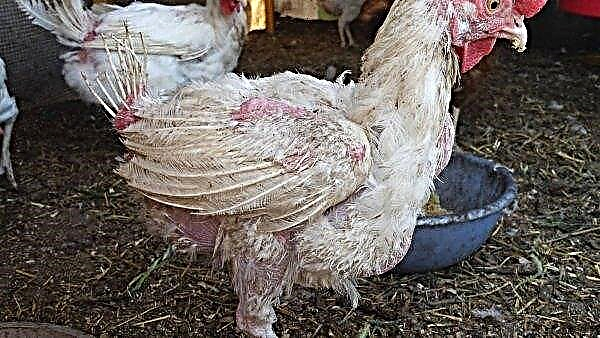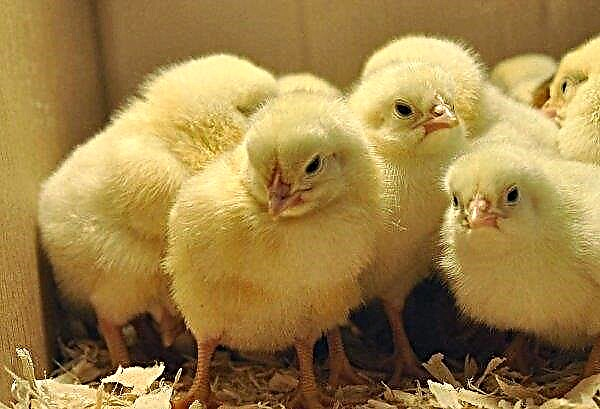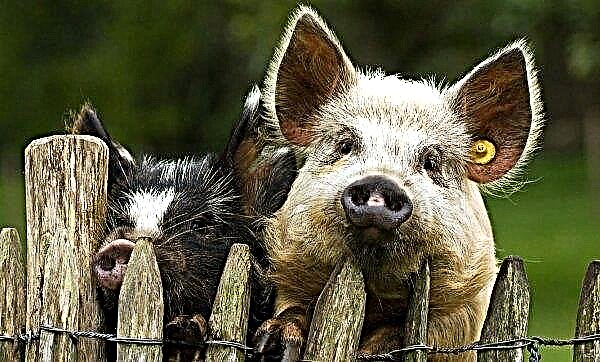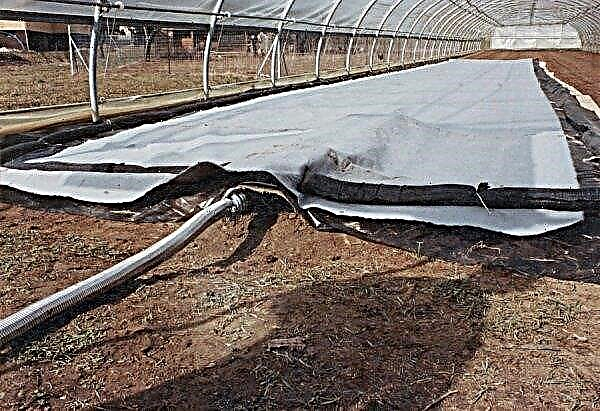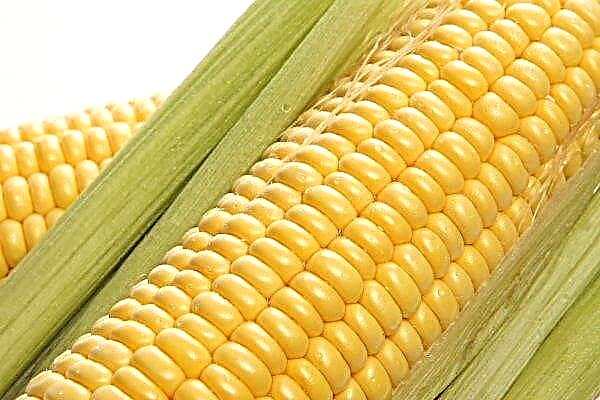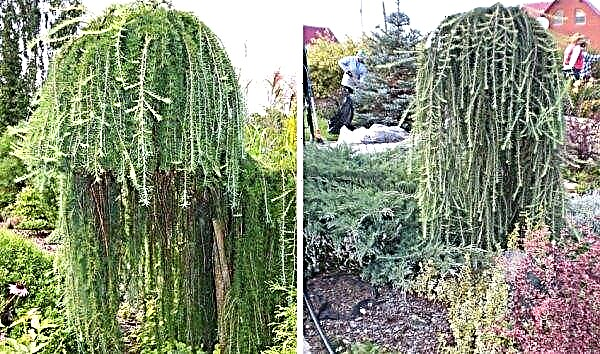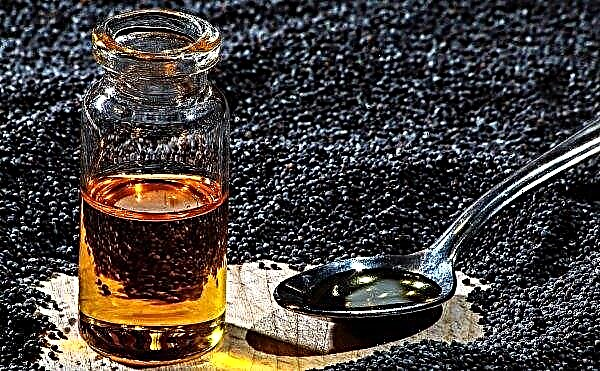Primrose is an amazing plant, known to mankind for centuries not only for its excellent fragrant flowering, but also for medicinal properties. There are many legends about it, and in ancient times the culture was called the “flower of the twelve gods”. The lush bouquets of primrose can decorate both the interior of the apartment and the landscape design of the house territory, opening its lush buds immediately after the snow melts.
Plant description
Primrose is a compact herbaceous perennial plant, popularly called the primrose, since its first inflorescences open very early, literally after the snow melts. But it should be noted that there are some varieties that bloom in the summer. The family is represented by a wide variety of species, the predominant part of which relates to perennials, but there are also annual representatives. The flowers are solitary or collected in inflorescences of various shapes, have a rich palette of tones, including variegated color.
The flowers are solitary or collected in inflorescences of various shapes, have a rich palette of tones, including variegated color.
The plant is stunted, during flowering, its height does not exceed 50 cm, has whole, slightly wrinkled, pubescent leaves that form a basal rosette. The color of the leaf plates is dark green without a pattern, the edges are solid or fine-toothed. A high peduncle is being erected from the central part of the outlet.
Did you know? In England, primrose leaves are added to the salad, and the roots are consumed in the form of spices.
It is impossible to say unequivocally where the primrose came from. About 30 of its species grow in the wild in Europe, the rest - in Southeast Asia, in the mountains of Tibet and the Himalayas. The plant is found on the slopes of the Alps, in the temperate climate of North America. Some species feel good even in Africa and South America.
Video: Description of Primrose
Varieties of primrose
The variety of primroses is simply enormous. There are more than 550 species in the Primula genus, and this is not counting the incredible number of varieties and hybrids bred in the process of breeding. About 200 species are grown in the culture, and not everyone can take root in harsh climates. Before buying a primrose for planting on a site, it is necessary to familiarize yourself with the peculiarity of a particular variety, its resistance to natural conditions.
Important! Primrose should not be planted in an open sunny area, as burns can appear on the leaves.
Common
Common primrose is also called stemless. This species is very popular among gardeners. Small compact bushes do not exceed a height of 20 cm, possess oval corrugated leaves growing on short roots.
Flowers are single, funnel-shaped, with a diameter of 2 to 4 cm, depending on the variety they differ in color. The first buds bloom in April, when dense umbrella inflorescences form on the bushes. You can admire the flowering until mid-summer.
This species includes a lot of excellent varieties suitable for growing in a summer cottage:
- Cobalt blue - ground cover variety whose height is not more than 15 cm. Terry flowers have a bright blue color. The flowering period falls at the end of spring;

- Pink Champagne - Flowers of this variety begin to bloom in April. Terry, lush buds have a delicate pink tint and a very pleasant aroma;
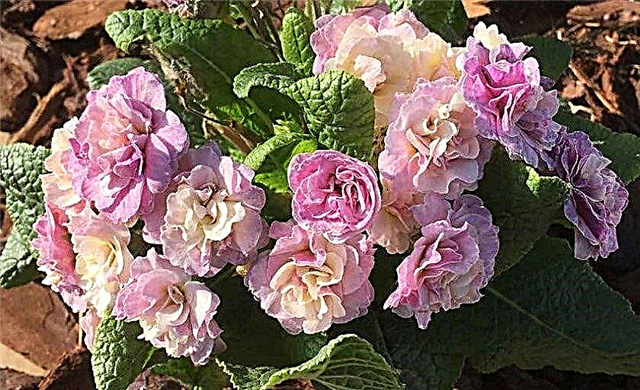
- Baltic Blue - a stunted culture with miniature bluish buds blooming in April;

- Amethyst Ice - the plant will perfectly decorate any garden with its lavender-blue terry flowers, whose petals have a narrow white border;
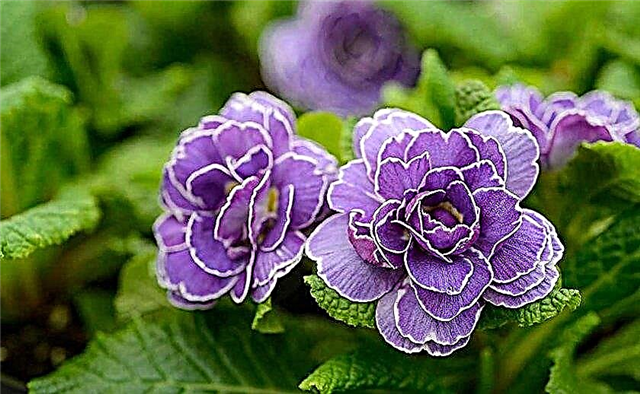
- Orion - compact abundantly flowering plant up to 20 cm high. Purple flowers with a yellow center, diameter up to 5 cm;

- Salom golden yellow - a short primrose, the total height of the bushes of which is no more than 15 cm. The flowers are large, bright yellow in color with orange central eyes;

- Eblo - a series of primroses of this variety includes low-growing bushes (10-15 cm), with proportional rosettes of dark green leaves, the center of which is crowned with bouquets of large flowers of saturated color. The petals are decorated with a contrasting border or have a white middle with a yellow eye.

Royal
The homeland of the Royal Primrose is the island of Java. Locals nicknamed her the "forerunner of the earthquake." This is due to the fact that the culture begins to bloom as soon as the volcano on the island wakes up.
It grows on its slopes and is sensitive to changes in soil, even if now is not the time for flowering. Culture outwardly resembles a violet, has lilac-purple terry buds with a yellow center.
Siebold
This species of primroses got its name in honor of the botanist Philip Siebold, who first brought culture to Europe from Japan in the 19th century. The plant has elongated pubescent leaves up to 7 cm long. The flower stalk extends to the sun to a height of 30 cm.
Important! The flowering period lasts about 2 months. During this time, flowers are constantly replacing each other. After pollination on the primrose, oblong capsules with a small seed ripen.
Umbrella inflorescences consisting of 10-15 flowers are formed on its top. The buds palette is diverse, as is the number of varieties of this species. Flowers can be white, pink, blue. There are primroses with a two-tone color, with "eyes" or stripes on the petals.
Julia
The birthplace of culture is the mountain slopes of the Caucasus, where it prefers to grow near water - waterfalls and mountain streams. Flowering occurs in April and lasts about 2 months. The foliage of the plant is small, almost rounded, of a light green color with bright veins. Flowers grow alone, have a purple-raspberry color with a yellow spot in the center, but some hybrid specimens may have different tones.
Important! When growing primrose on a garden plot, do not abuse nitrogen fertilizers, otherwise flowering may stop.
For planting on the site, you should choose such varieties as:
- Lady green - the flowers of this plant have a warm yellow hue, bloom in April and continue flowering until mid-June;
- Sylvia - decorative bushes with carmine pink flowers.

Japanese
The name of primrose is associated with the place of its main growth - it grows on the Japanese island of Kunashir. The leaves of the plant reach a length of 25 cm, large, oblong shape. Flowering - long, about 40 days. At this time, on the stalks in several tiers, small raspberry buds are revealed.
The most common varieties:
- Alba - has white, almost sterile colors;
- Apple Blossom - a variety with a charming pale pink bloom.

Cortex
The tartar-like primrose grows in Altai, therefore it is also called Altai. The plant has light green leaves and long stems up to 40 cm, on top of which in May reddish-purple or pink flowers bloom. On one stalk, like a corolla, from 7 to 12 buds are placed.
Beautiful varieties:
- primrose Bull. The flower stalk of the plant grows to a half-meter height, and the leaves grow to 40 cm. A lot of orange-yellow flowers are placed on the peduncle in several tiers;
- Rocky - blooms at the end of winter. On long peduncles, about 20 cm high, inflorescences bloom from 10–12 pink-lilac flowers with a diameter of 1.5–2.5 cm.

Florinds
Culture prefers places near ponds, which must be taken into account when growing on a garden plot. Among other species, the plant stands out for its height. This is a real primrose-giant, the peduncles of which grow up to 1 meter. Inflorescences are collected from 28-30 small yellow flowers.
Terry
Terry primrose is a low, flowering plant that belongs to perennials, has green, slightly wrinkled leaves and flowers of various shades. The predominant part of the varieties has frost resistance, perfectly transferring Russian winters.
Did you know? One leaf of primrose contains the daily requirement of the human body for vitamin C.
The best varieties are:
Large flowered
This hybrid is very popular among gardeners, since primrose flowers are much larger than other species, and depending on the variety, there are various shades: yellow, purple, green. Flowers combine several contrasting tones at once, which gives a special bright motley. The most popular variety is Francesca. Its flowers are light green with a yellow splash in the center. The buds contrast excellently with the dark green foliage.
The best varieties:
- Scandinavian - primrose with tiny leaves, barely growing to 2 cm, but large dark purple star-shaped flowers;
- Coco - A whole varietal series, including primrose of different colors. Their peculiarity lies in the variegation of the petals, which have different shades;
- Select - a short grassy plant, blooms from April to July with variegated yellow and pink buds;
- Getor Stiletto - a neat bush with a height of 15–20 cm. It has large flowers of bright yellow, pink and purple colors.

Viale
Primula Viale or Candelabra - absolutely not a typical representative. The plant has an interesting form of inflorescences in the form of a candelabrum. Flowering occurs quite late - in June and continues throughout July. The buds open in succession on the candelabrum inflorescence, and the flowers change color: first they are red, and later become dark lilac. This species does not differ in longevity, as a rule, lives no more than two years.
Spring (Veris)
This species is also known as primrose officinalis. One or more peduncles grow from the center of the rosette formed by ovoid leaves. On the top, during the flowering period, small yellow buds collected in umbrella inflorescences with a pleasant aroma bloom. The peculiarity of the plant is that in the flowers and leaves there are substances such as vitamin C, essential oil, flavonoids, due to which the culture is used for medicinal purposes in the treatment of gout, anemia, vitamin deficiency, bronchitis and other ailments.
When choosing a primrose for landscape design, consider the following varieties:
- Colossia mix - a decorative miniature shrub is great for group plantings, decoration of borders, alpine hills. In April, rosettes of leaves are almost completely covered with large flowers with an expressive yellow eye;
- Sunset Shades - semi-evergreen plant with umbrellas of nodding, tubular flowers with shades of orange, yellow and red-red tones. They have a pleasant aroma.

Large cup
Large-cup primrose grows in Western and Eastern Siberia, as well as in the Caucasus. It is characterized by medium height, rarely reaching 35 cm, with long, elongated leaves. The buds are oblong, resemble bells, collected in large inflorescences of 18–20 pcs.

High (Elator)
The primrose is high - rosette perennial, up to 30 cm high and about 25 cm wide. The flowers are light yellow, but closer to the center they change the color to darker. He hails from Central Europe. The species itself is quite rare, but many hybrids and varieties are derived from it.
Fine toothed
Fine-toothed primrose is a perennial with a strong peduncle, under which there is a rosette of long wrinkled leaves of light green color. The buds of white, lilac, purple tones are collected in inflorescences in the form of a dense ball resembling a cambric.
Some of the best varieties:
Polyanthus
Primula Polyanthus is also a rather large species. The height of the bush can reach 70 cm, although there are also small hybrid specimens. Flowers with a diameter of about 8 cm have a bright purple or scarlet color, while the petals are tightly pressed against each other, they are decorated with a white expressive border. One of the representatives of this group is the Don Keefe variety - a spectacular and rare instance in garden plots.
The short perennial has oblong leaves of light green color with veins. Flowers of the Don Kif variety of coral-red color with a yellow eye are collected in umbrella inflorescences located on peduncles up to 20 cm high.
Primrose capitate moore
Mura's capitate primrose is a spring-flowering perennial. Has peduncles up to 30 cm in height, on the tops of which spherical inflorescences consisting of tubular dense mini-violet flowers are placed. The leaves are oblong with a rounded apex. On the reverse side, the leaf plates are coated with silver-white coating. 
The rich variety of species and varieties of primroses give a lot of opportunities with the help of this plant to perfectly decorate the garden, fill it with bright lights and pleasant aroma. It is not difficult to purchase seeds or seedlings - they can be bought in gardening stores or nurseries, and it is not difficult to grow a primrose, since caring for it is quite simple. If your miniature bouquets are not yet decorating your site, be sure to get them - such a decor will attract the eye with rich and at the same time warm colors.








